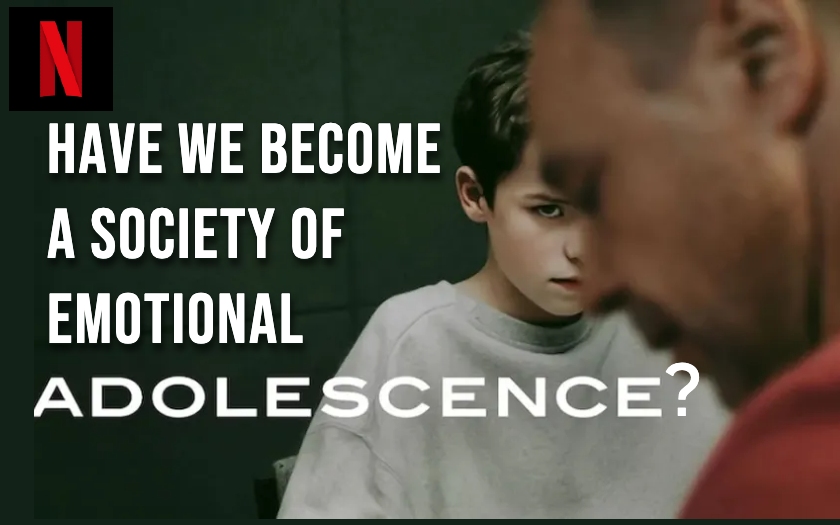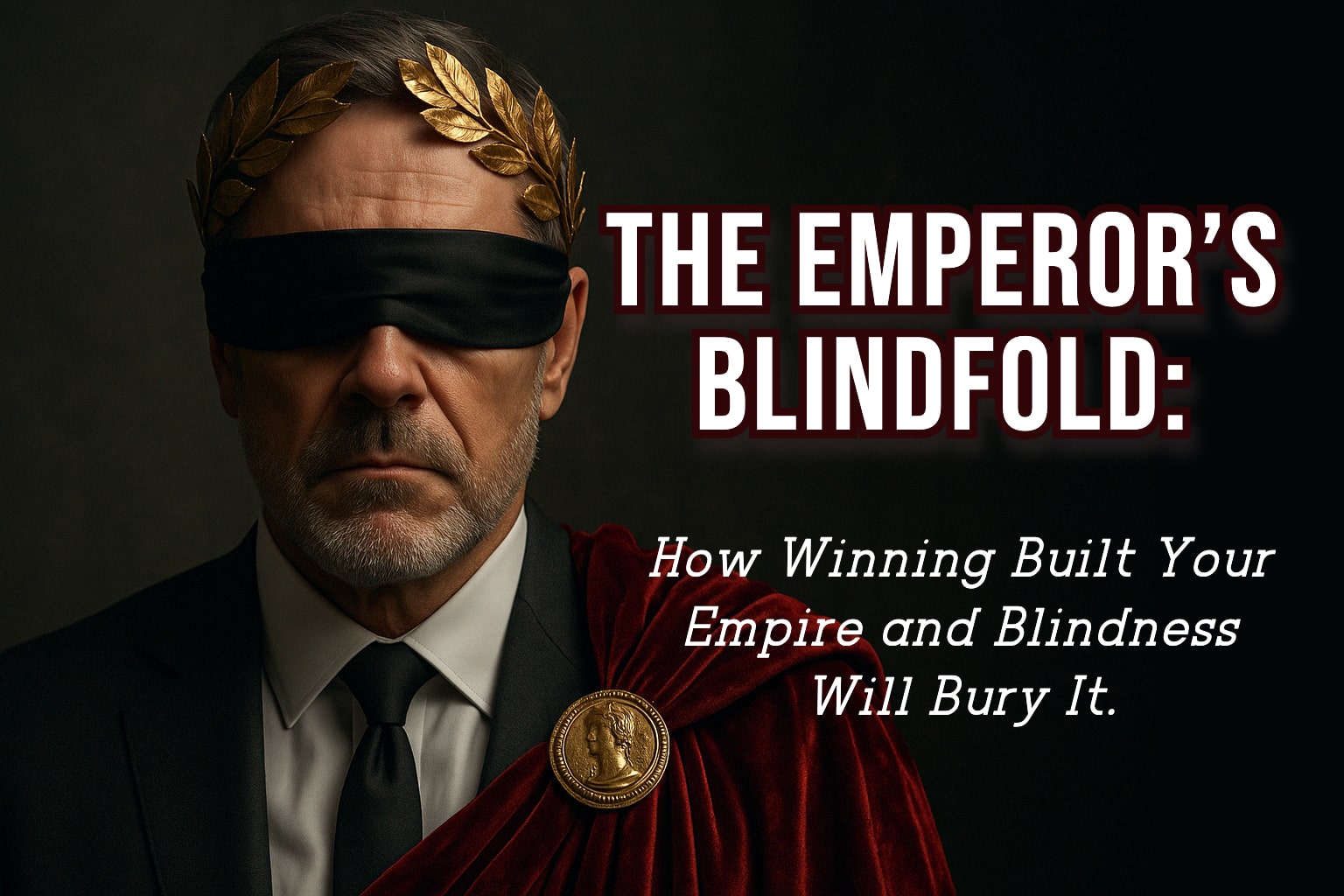Adolescence: The Netflix Series That Grabs You by the Throat and Won’t Let Go
A 13-year-old boy, Jamie Miller, lies in bed, staring at the ceiling. His bedroom door crashes open. Flashlights cut through the darkness. Within seconds, Police with a battering ram and military-style weapons swarm the room, yanking him from the sheets. His mother screams. His sister watches in silent terror. It’s terrifying; it soon becomes clear that Jamie has wet himself with fear.

Jamie is under arrest for the brutal, calculated murder of his classmate, Katie.
But Adolescence isn’t interested in delivering an easy-to-watch story. It won’t let you breathe, and it won’t let you turn away. This is TV at its very best!
As the episodes unfold, the real question isn’t “Did Jamie do it?” but “How does a boy become this?“
Adolescence is not just a crime drama; it’s a horror story about the world we’ve built for our sons.
A world where lost, lonely boys disappear into the shadows of their bedrooms, swallowed whole by rage-filled online rabbit holes, where “incel culture” and digital toxicity twist them into something unrecognizable.
Adolescence: It’s More Than Just a Show—It’s a Wake-Up Call for Immediate Action.
The Netflix phenomenon Adolescence isn’t just another gripping drama—it’s a mirror held up to society’s deepest fears. This four-part masterpiece follows 13-year-old Jamie Miller, accused of a shocking murder, and asks the unsettling question: How does a boy become radicalized to kill?
All four episodes are gripping, brilliantly acted, and profoundly well-written; the series rips apart the terrifying reality of online echo chambers, male rage, and incel culture, which are online communities that often perpetuate extreme views, toxic masculinity, and a sense of entitlement among young men.

A study was published in The Journal of Sexual Medicine.
Incel culture has been linked to violent crimes, including mass killer Elliot Rodger who murdered six people and injured 14 others in Isla Vista, California.
In a video Rodger uploaded to YouTube titled ‘Elliot Rodger’s Retribution,’ he explained his motivation for the crimes. He explained he wanted to punish women for rejecting him and sexually active men who he envied.
He also wrote a 141-page ‘manifesto’ which detailed his hatred of women, in which he said he couldn’t understand why women didn’t want to have sex with him.
It’s not fiction—it’s happening right now as social media algorithms funnel lost boys into digital rabbit holes, warping their Emotional Source Code (ESC). The ESC, which refers to the emotional programming that shapes an individual’s worldview and behavior, is being manipulated, priming them into something lethal.
The Blame Game: Society’s Emotional Pacifier
Parents blame tech companies, and tech companies blame parents. All while young men slip further into a darkness, they do not have the maturity to navigate.
This miniseries isn’t just entertainment—it’s an urgent warning. Talk to your sons. Challenge the narratives that perpetuate toxic masculinity, entitlement, and the glorification of violence. Or brace yourself for the next Jamie Miller, your son, nephew, grandson, or neighbor.
Let’s get something straight:
Blame and Outrage Are Our Societal Drugs of Choice.
It gives us a high—a hit of certainty, a righteous rush, a way to numb the pain of feeling powerless.
And like any addiction, it keeps us from the one thing we need most: healing through accountability.
We need someone to blame.
The Left blames the Right. The Right blames the Left.
Immigrants. Billionaires. The media. The woke mob. The conspiracy theorists.
Pick your villain. Blame them hard enough, and suddenly, you don’t have to face yourself.
And that—that is the real sickness.
Blame is the emotional pacifier of a lost society—one that’s behaving like a disenfranchised, fatherless adolescent, desperately looking for belonging in all the wrong places.
Even though this Netflix miniseries, Adolescence, refuses to pull punches and rips the bandaid off, it is compelling.
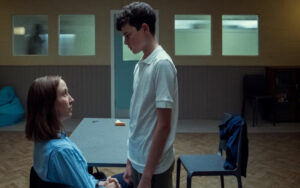
If you think this story is just about a troubled teen who murdered his classmate, you weren’t paying attention.
This isn’t about what happened. It’s about why.
And that “why” is an autopsy of our collective failure.
The Emotional Source Code of a Killer
Jamie Miller, the 13-year-old accused of murder, is the villain we desperately want. Because if he’s the problem, then we don’t have to be.
But Adolescence does something profound. It refuses to let us off the hook.
It forces us to witness the high-emotional-impact moments that formed Jamie’s Emotional Source Code (ESC)—the invisible programming that shaped his worldview, choices, and, ultimately, his crime.
💥 Scene 1: The Birth of a Wound
Jamie, 7 years old, stands in his father’s garage.
His dad, Eddie, barely looks up from his workbench.
Jamie beams, holding up a crayon drawing of them together, but his dad just grunts and tells him to stop “hanging around like a lost puppy.”
That moment? It’s a high-emotional-impact moment. One thing embedded in Jamie’s ESC is that he is invisible. That, at an ESC level, translates to being unwanted.
The Masculinity Algorithm: How Social Media Is Radicalizing a Generation of Emotionally Starved Boys
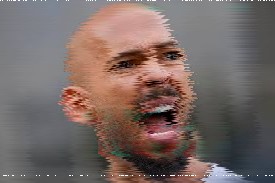 Fast-forward six years, and a different kind of “father figure” emmerges from the online manosphere of hyper-masculine, misogynistic, and morally vacuous individuals like Andrew and Tristan Tate, welcomes Jamie with open arms—an online community that tells him, “They’ve lied to you. You deserve power. You deserve revenge.”
Fast-forward six years, and a different kind of “father figure” emmerges from the online manosphere of hyper-masculine, misogynistic, and morally vacuous individuals like Andrew and Tristan Tate, welcomes Jamie with open arms—an online community that tells him, “They’ve lied to you. You deserve power. You deserve revenge.”
Young men are scrambling for meaning, purpose, and brotherhood, and the fallout is societal. Think about Kyle Rittenhouse, a young American man who gained national attention at age 17 for shooting three men in Kenosha, Wisconsin—two fatally—in August 2020. Then there is Luigi Mangione, another young American man who has been identified as the person who calmly carried out the assassination of Brian Thompson, the CEO of UnitedHealthcare in New York City, on December 4, 2024.
We pretend to be shocked when kids fall into these rabbit holes. But if we were paying attention, we’d realize: He wasn’t recruited. Influencers primed him, influencers that social media companies happily pay for the attention your kids give them.
Society’s Emotional Adolescence: Why We Keep Looking for an ‘Other’ to Blame
Let’s stop pretending this is just about one kid.
Blame is a belonging mechanism—and we are in a societal crisis of belonging.

The Left blames the Right. The Right blames the Left.
White people blame immigrants. Immigrants blame the system.
Men blame feminism. Feminists blame patriarchy.
Broke people blame billionaires.
Billionaires blame entitlement.
It’s all the same game where everyone except those running the algorithms loses!
Here’s the hard truth:
We are all just a bunch of lost teenagers looking for a tribe.
When we don’t know who we are, we attach our identity to who we are against.
We join groups, movements, and ideologies that give us a place to belong—but only if we hate the right people.
Why Young Men Are Falling Apart: The Emotional Source Code Driving Male Rage in the Digital Age
This behavior is emotional Adolescence on a mass scale.
It’s why millions of grown adults act like middle schoolers in online comment sections.
As a result, elections are run on fear and outrage instead of vision and leadership.
Why do conspiracy theories spread like wildfire? It’s easier to believe “they” are out to get us than to take responsibility for where we are.
Just like Jamie Miller, we were primed for this.
We live in a world where technology exploits our emotional and psychological wounds for profit.
Social media is where the emotional slot machines feed us the most outrage-inducing content to keep us addicted.
Social media is where politics has devolved into a tribal war, where solutions are far less important than making the other side the villain.
And we wonder why the world feels like it’s on fire.
Blame Is a Drug—And Society Is Overdosing: How We’re Failing a Generation of Boys
🚨 Parents blame the school.
🚨 The school blames social media.
🚨 Social media blames “bad parenting.”
And just like that, we’ve done it again.
We’ve turned tragedy into an emotional escape hatch.
Why?
Because blame is cheap, accountability—well, that’s cognitively expensive! It requires us to look in the mirror and do the work.
 For example, Jamie’s father wasn’t a “bad” man. He was just emotionally absent—like so many men who strive to be better than their fathers were but are never given the tools to navigate their own emotions. Jamie’s dad failed his son without malice or violence but because he believed that providing financially for his children was the same as being present.
For example, Jamie’s father wasn’t a “bad” man. He was just emotionally absent—like so many men who strive to be better than their fathers were but are never given the tools to navigate their own emotions. Jamie’s dad failed his son without malice or violence but because he believed that providing financially for his children was the same as being present.
But admitting that means admitting we have work to do.
And most people would rather keep pointing fingers than do the work.
About 25% of Americans between 18 and 24 report having one or no close friends. Ironically, we are more connected than ever, yet we are lonelier than ever. We’ve swapped relationships for followers, and we call it connection. We send each other memes and call it communication. We read headlines and claim to be informed. We have allowed ourselves to mistake digital noise for meaning!
The seemingly radical act of being fully present with another human being might appear to be difficult, but the payoff could be life-saving
Breaking the Cycle: The Real Work of Accountability
We don’t need another villain. We need a reckoning that we all have a part in. And that reckoning starts with:
🔥 Parenting with Presence:
If you’re not shaping your child’s worldview, the algorithm is—and the internet doesn’t give a shit about their emotional well-being.
🔥 Emotional Education in Schools:
Kids are drowning in rejection, identity confusion, and emotional illiteracy. Teaching them how to navigate their emotions should be as fundamental as teaching them math and science.
🔥 Tech Companies Taking Responsibility:
The internet isn’t some untamable beast. It’s an industry with leaders who must be held accountable for the psychological impact of their platforms.
🔥 Criminal Justice Reform for Minors:
Children who commit crimes need rehabilitation, not just punishment. Treating them like adults doesn’t undo the failure that led them there.
🔥 A Culture of Belonging Over Division:
Until we stop using ideological tribalism as a replacement for real connection, we will keep raising lost boys like Jamie—only to destroy them when they become the very monsters we manufactured.
Adolescence Isn’t Just a Netflix Series—It’s a Mirror to Our Collective Emotional Breakdown
The Final Scene: The Mirror We Refuse to Look Into
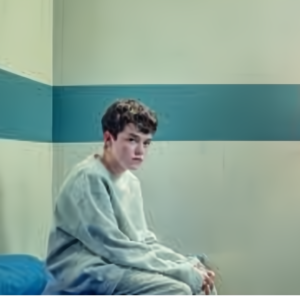
In the final shot of Adolescence, Jamie sits in his prison cell.
A boy who looks just like him is led into the next cell.
Another kid. Another case.
Another cycle of blame without accountability.
That’s the real horror of this story.
We’ll all sit on our couches, shake our heads, and ask,
“How did this happen?”
But we already know the answer.
It happened because we let it.
Because blame was easier than responsibility.
Because we wanted a villain instead of a solution.
So the only real question is:
Are you brave enough to own your part?
Because if you’re not—then shut up.
Blame is a drug.
And society is overdosing.
Time to detox!
Let’s keep the conversation going in the comments!
I look forward to your feedback.

